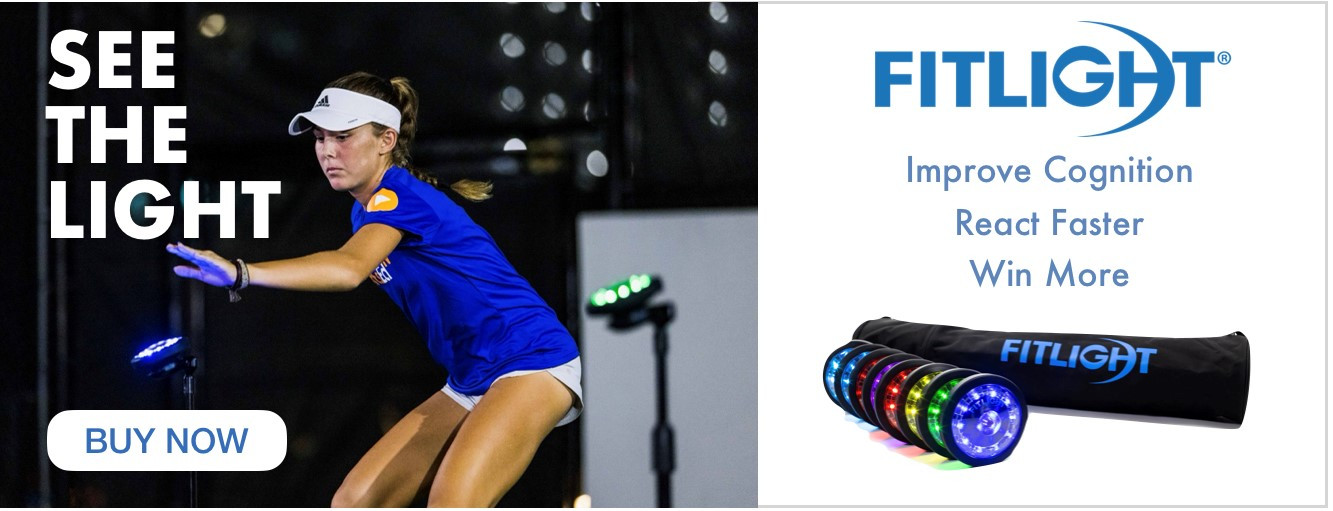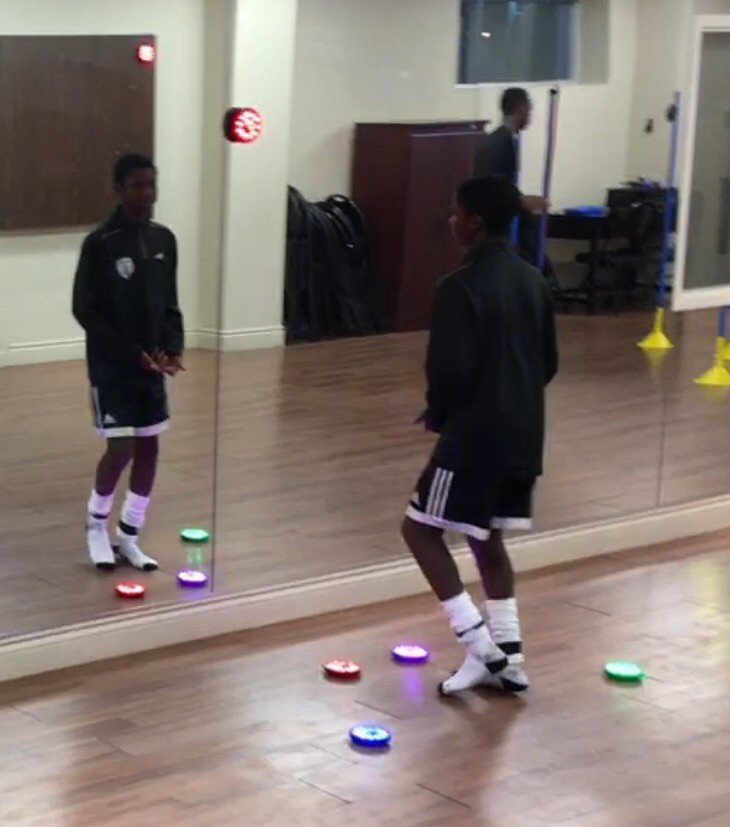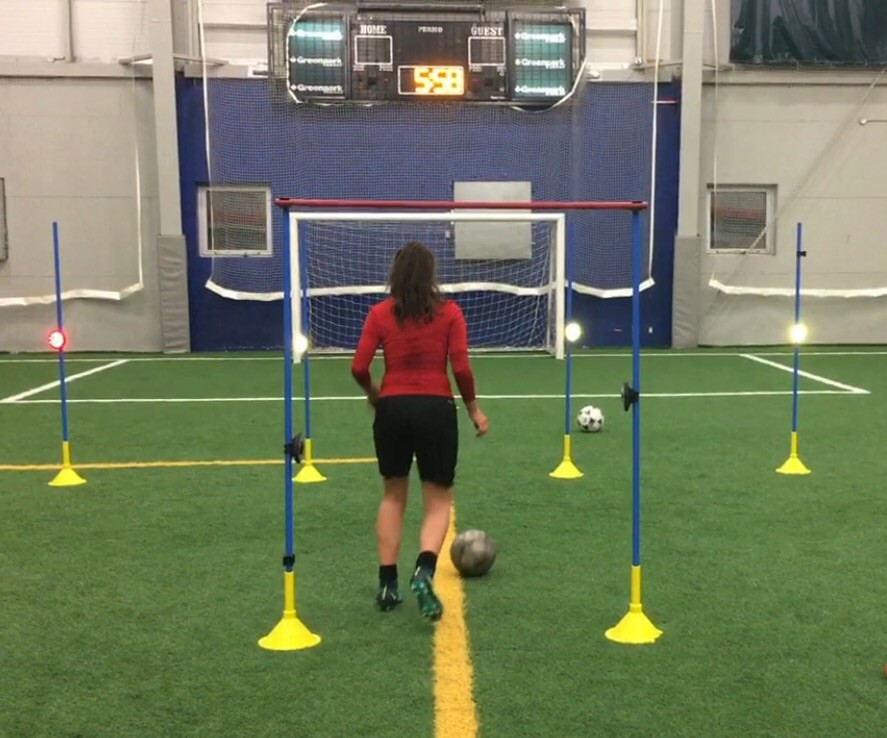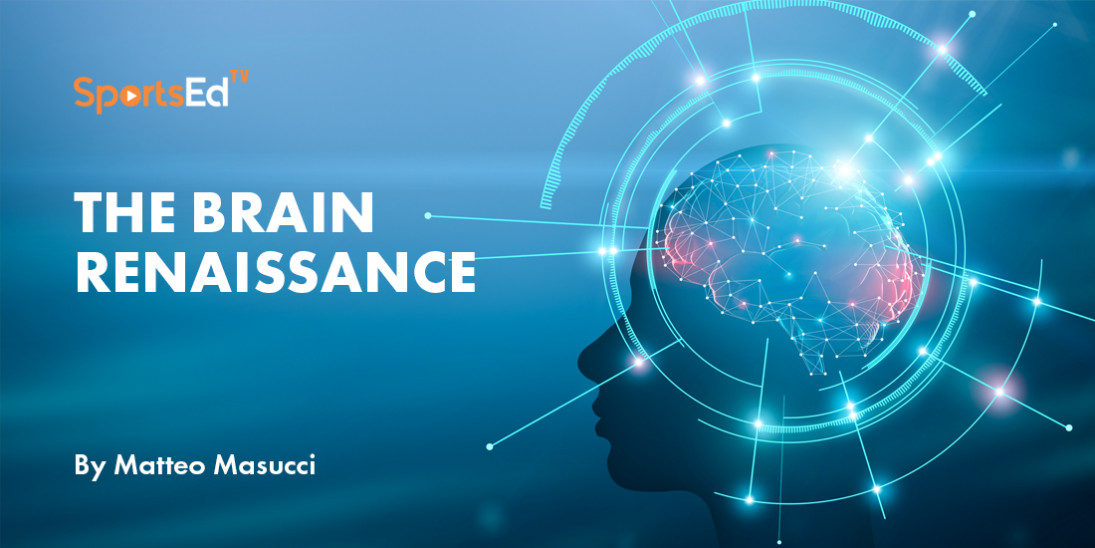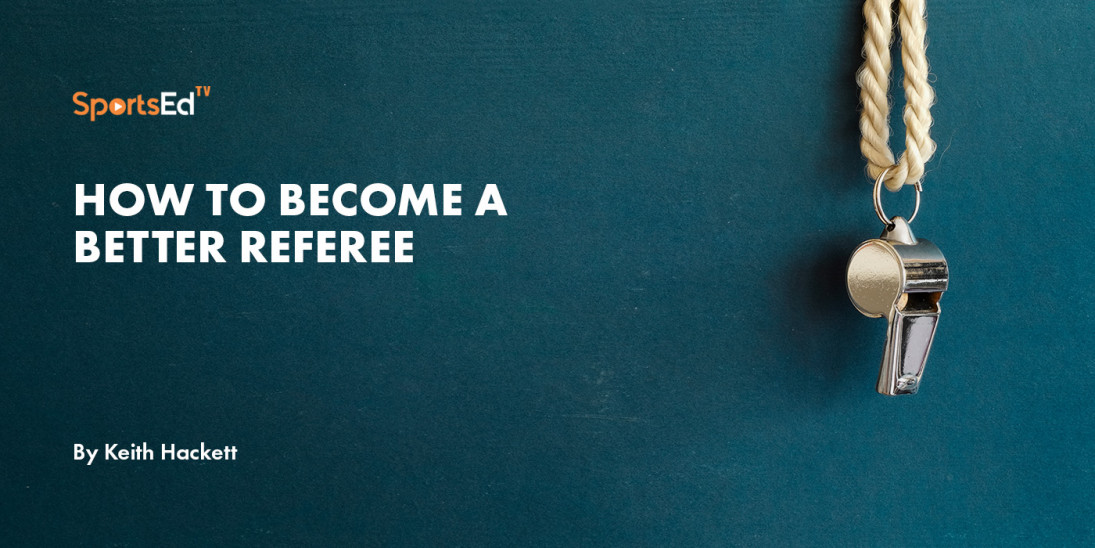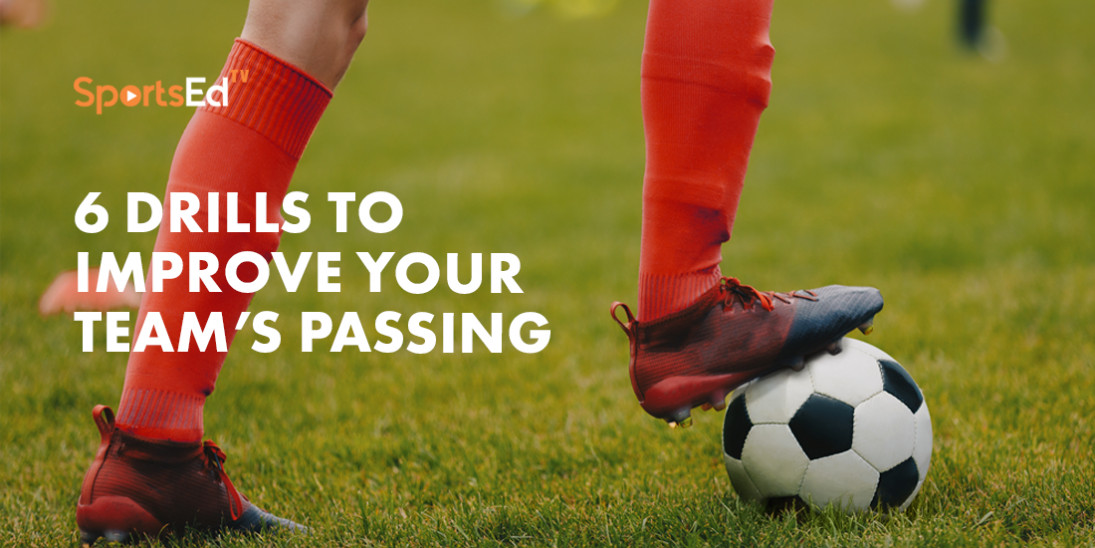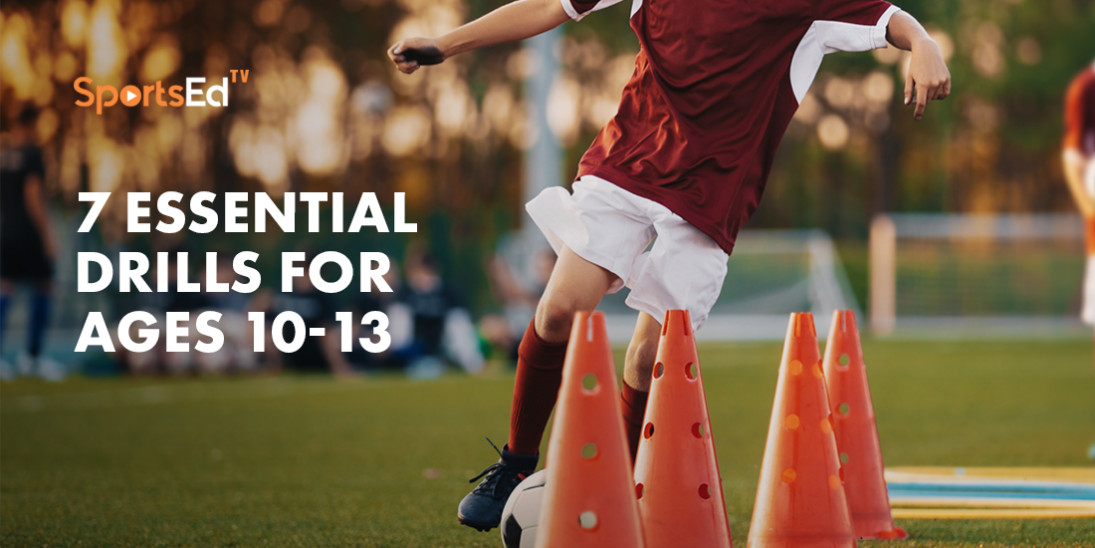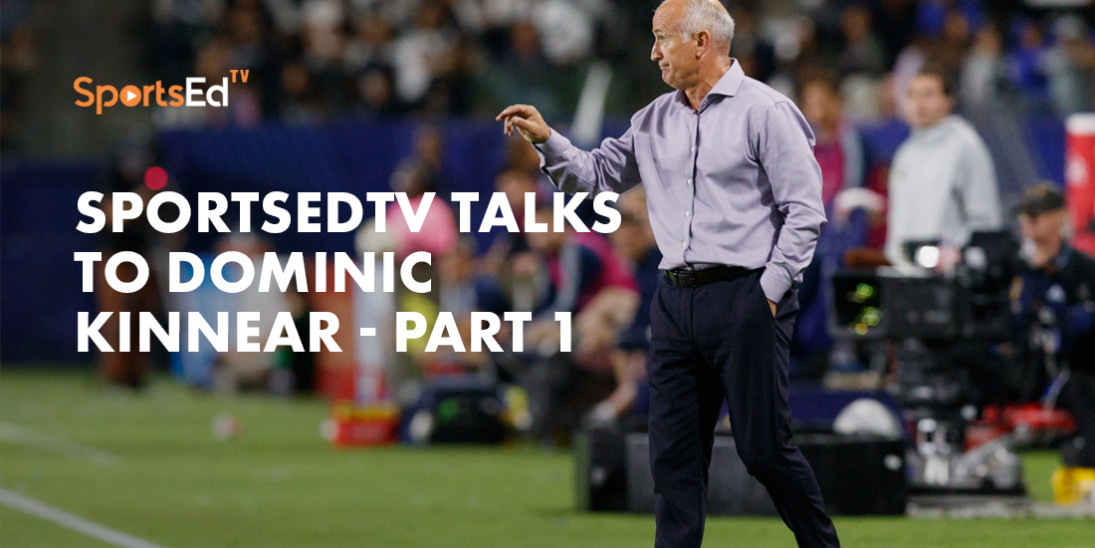Soccer, Vision
Welcome and thanks for visiting...

Why (and How) To Train Anticipatory Skills
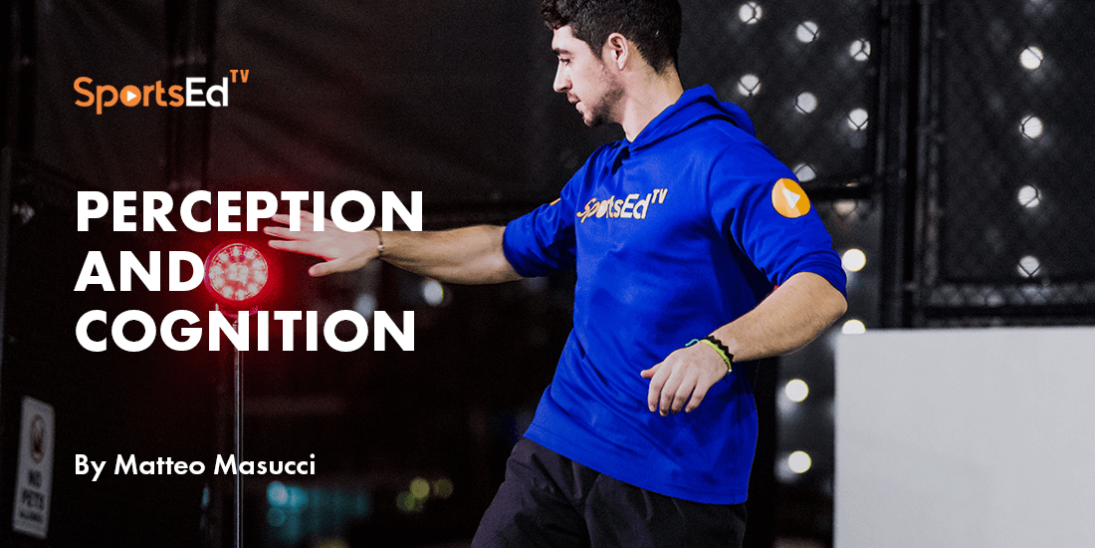
SportsEdTV Soccer is committed to bringing athletes, coaches, and parents pro-level Soccer education videos for FREE. All levels, anywhere, anytime. Check out our full instructional library and sign up to join our Soccer community.
It is fundamental to recognize that perception and cognition are part of the same sensory-motor loop which leads to action. But it is very important to define the meaning of each part to understand how to use them to enhance sports performance.
Perception is related to our 5 senses (sight, auditory, taste, touch, smell) and the corresponding organs (eyes, ears, mouth, hand-feet and nose). The information that the senses transfer to the brain is vital to inform us about our surrounding environment. We developed these capacities thousands of years ago when the earth was a dangerous place populated with animal predators and human beings had to scan the environment to avoid or to attack their enemies.
Fast forward to today and shift this concept to demonstrate that it is applicable to sports training, I can easily state that professional athletes and players have amplified perception of the environment within their sport from mostly using sight and sound (see formula 1 pilots).
Perception doesn't include a thinking process, it is installed in every human and is more or less amplified depending on training and age. We are learning from pathologies such as blindness or deafness that the brain automatically enhances the other senses. In this way, our other senses compensate to re-establish the compromised perception.
We sense the world in 360 degrees and we have too much information to process, so the brain actively selects the information to process based on relevance at that specific time and place. Think about looking for parking while you drive or crossing the road by walking on a street where cars arrive from two ways.
This process is called selective attention and it is the ability to voluntarily direct attention and focus on an object in space. We know that deficits like ADHD tend to disrupt this ability preventing a person to maintain attention on a topic or task.
When we pay attention, we are using cognition to process the information coming from perception. This process involves the memory to check our brain’s database for additional information about the object or task that we are facing and provides us with the most effective and economic solution for that emerging problem. Here we talk about repetition, experience, and problem-solving capacity.
What is reaction time?
Another confusion that emerges from terminology and wrong conceptualization is the usage of the word reaction time. Coaches, trainers and others in the sport's industry refer to react when they really mean to respond. Literally, reaction time is a measure of how quickly an organism can react to a particular stimulus and it's on or off, go or stop. Reaction doesn't require cognition and it is based on our perception within the central nervous system and the ability of the peripheral nervous system to execute the motion. Let's do an example: When you drive a car and suddenly a dog is crossing the street you don't need to think, otherwise you will hit the dog, but you need to react to the visual cue! Let's move closer to sports with the example:
Right before the competition, the sprinter is waiting for the gun to shoot. He has to wait for the sound to initiate the motion, this is a reaction to the auditory cue.
On the other side, we have a response time that is usually slower and, if in an imminently dangerous condition could cost your life. The response time is correlated to a task where you have to provide an answer based on perception and cognition, so you have to think to recall your knowledge to produce the correct motion for that problem. This is not simply on or off, but presents multiple options and involves modulation and synchronization of the movements. Continuing with another example, a soccer player that is waiting for a cross in the 18-yard box must time his attack accordingly with the timing of the cross. He needs to look up, think, recall his knowledge and previous experience about that situation, and produce a successful response. A Goalkeeper that is trying to save a penalty kick doesn't have the time to wait and see the ball's trajectory because a shot that travels at 90 km/h will take only 0.44 seconds to arrive in the net. So, the GK needs to rely on his visual cues before the shot is made. This process is not just a reaction but it is a fast response. To train goalkeepers, professional teams use video footage of the shooter to create previous knowledge about the shooter.
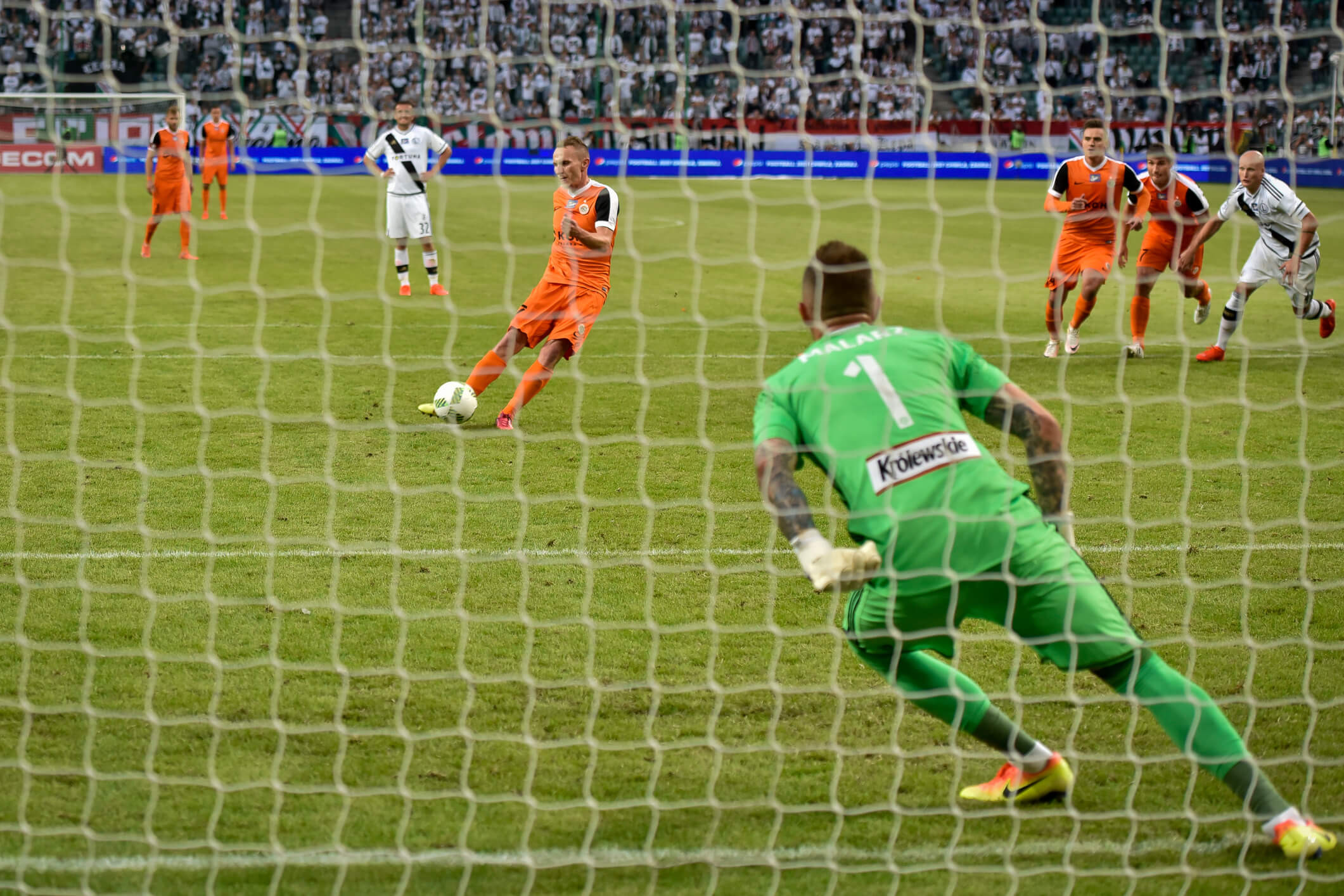
Goalkeepers often begin their dive before the penalty shot is taken, as a well-placed shot is impossible to save otherwise. They must use their perceptive and cognitive abilities to predict where the shooter is aiming, as well as their knowledge of the shooter's tendencies from studying video of them.
Can you improve reaction time?
The same idea is applicable to other sports such as baseball. How can training reduce response time to the point that the response is instinctively becoming a correct "reaction" in a multi-option scenario?
Repetition of quick motion in reaction and response to fast cues can shape the perceptual system to recognize patterns that at the beginning look unpredictable, but through training (repetition) can be anticipated.
The training objective of every sport should be to speed up cognition to the point where the player acts or responds instinctively without thinking. When a player reaches this level he usually refers to a feeling of time dilution because he is actually faster than the event. This is a condition to achieving the flow state (also known as “The Zone”). The player is able to automatically anticipate the consequences by picking up indications before the event occurs. This process is happening in fractions of a second and needs to be trained otherwise the player will always respond too slowly.
I have created a training protocol that utilizes the FitLights training system to enhance and monitor cognitive abilities such as perception, attention, memory, visual processing, spatial awareness, and executive functions. Please check out our website Fitlight to learn more about this methodology.
Thank you for your attention,
Matteo Masucci
FITLIGHT LAB 2017 PROMOTIONAL VIDEO
FITLIGHT LAB PROGRAM FEATURES
- Multi-option with fixation point exercise in Lab
- Multi-option exercise on field & Lab
- Jumping & agility station, on field & lab
- Hand-eye, foot-eye, space awareness in Lab
REFERENCES:
VISUAL PERCEPTION TRAINING. The Elementary School Journal Vol.67. The University of Chicago Press. Lawrence N.Gould.
TRAINING IMPROVES THE CAPACITY OF VISUAL WORKING MEMORY WHEN IT IS ADAPTIVE, INDIVIDUALIZED AND TARGETED. PLoS One [1932-6203]. Shin Eunsam et al. 2015
COMPARISON BETWEEN ATTENTION TRAINING AND VISUAL PERCEPTION TRAINING IN CHILDREN WITH ADHD. European Child and Adolescent Psychiatry
EVEN HIGHLY EXPERIENCED DRIVERS BENEFIT FROM A BRIEF HAZARD PERCEPTION TRAINING. Mark S.Horswill et al. 2013
MIND IN SCIENCE. The American Journal of Psychology 1982. Gregory, Richard L.
HOW MEMORY SHAPES OUR PERCEPTION OF THE PRESENT. Northeastern University, Neuroscience News. Benjamin Hutchinson et al. 207
Follow SportsEdTV Soccer on Facebook and Instagram to stay up-to-date with the latest content
